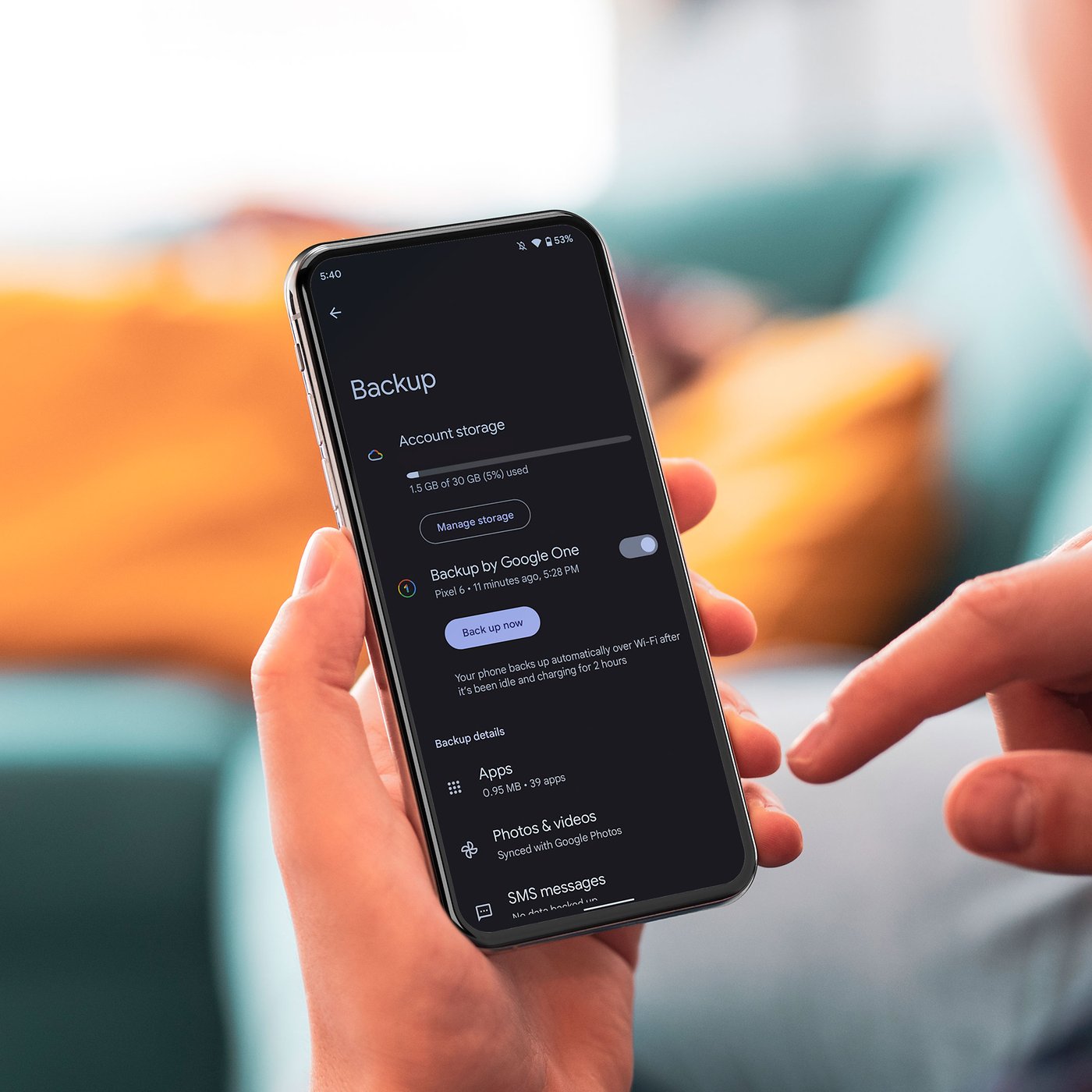
Why Backing Up Your Android Phone is Essential
Understanding the importance of backing up your data is crucial. Here are a few compelling reasons:
- Data Security: Phones store significant amounts of personal and professional data. Losing your device could mean losing all this information unless a backup exists.
- Convenience: Easily restore data on a new device if you upgrade or replace your current one. This is particularly important if you have organized contacts, apps, and other data.
- Peace of Mind: Knowing your data is safely backed up provides reassurance. Your memories, contacts, and important documents remain secure and recoverable.
- Business Continuity: For business users, backing up data is essential for maintaining operations. Losing business contacts, emails, and documents could significantly impact productivity.
Methods for Backing Up Your Android Phone
Several methods exist to back up your Android phone, each with its own advantages and requirements.
Using Google Drive
Google Drive offers a straightforward method for backing up your Android phone. Follow these steps:
- Access Settings: Open the Settings app on your Android device.
- Accounts and Backup: Navigate to the "Accounts and Backup" section.
- Backup Data: Tap on "Backup data" and select Google Drive.
- Enable Backup: Turn on "Backup by Google One" if prompted.
- Back Up Now: Tap "Back up now" to initiate the backup process.
Google Drive will periodically create backups of your Android files, including photos, contacts, and messages.
Using Google Photos
Google Photos is an excellent tool for backing up media files, including photos and videos. Here’s how to use it:
- Install Google Photos: Download the Google Photos app from the Google Play Store if not already installed.
- Log In: Open Google Photos and log in with your Google account.
- Turn On Backup: Tap your profile picture in the upper-right corner and select "Turn on backup."
- Backup & Sync: Go to the "Photos Settings" feature and turn on "Backup & Sync" to automatically back up media files.
Using Samsung Cloud (for Samsung Devices)
Samsung device owners can use Samsung Cloud to back up data:
- Access Settings: Open the Settings app on your Samsung device.
- Accounts and Backup: Navigate to the "Accounts and Backup" section.
- Back Up Data: Tap on "Back up data" under the "Google Drive" heading.
- Samsung Cloud Option: You will also see an option to back up data to Samsung Cloud. This service allows data restoration specifically on Samsung devices.
Using Third-Party Apps
Several third-party apps can help back up Android phone data. Some popular options include:
- Samsung SideSync: Allows screen sharing and data sharing with your Windows computer or Mac. Control your phone from the PC, make calls, and send text messages.
- Huawei HiSuite: Offers data management, system recovery, application management, and more. Initiate regular backups and access contacts, gallery, and messages remotely.
- Xiaomi PC Suite: Enables regular data backups and instant recovery for your Android device. Share your PC's internet connection and manage files on your Android remotely.
Additional Tips for Data Protection
While backing up data is crucial, additional steps can protect your device and data:
- Use a VPN: A VPN (Virtual Private Network) can help protect internet traffic and keep your device safe from hackers. Good VPN services like ExpressVPN have Android applications.
- Lock Your Phone: Locking your phone with a secure password or PIN prevents unauthorized access to your data.
- Stay Safe on Public Wi-Fi Networks: Public Wi-Fi networks can be vulnerable to hacking. Avoid using public Wi-Fi for sensitive activities like banking or accessing personal data.
- Clean Up Your Phone Regularly: Delete old apps, screenshots, and other unnecessary files to free up storage space and reduce the risk of data loss.
Advanced Backup Methods
For those wanting more control over backups or needing to back up specific types of data, advanced methods are available:
Custom Recovery (TWRP/CWM)
If you have a rooted device or can install a custom recovery like TWRP (Team Win Recovery Project), back up the data partition at any time. This method is particularly useful for restoring data to a new device or recovering data from a damaged device.
Individual Data Backup
If custom recovery is not an option, back up each type of data individually. For example, use Google Contacts to back up contacts, Google Photos for media files, and other apps for specific types of data.
The 3-2-1 Backup Rule
To ensure data is always recoverable, follow the 3-2-1 backup rule:
- Three Copies: Keep three copies of your data: one local backup, one cloud backup, and one external backup.
- Two Local Backups: Store two local backups in different locations to ensure that if one device is damaged or lost, another copy remains.
- One Cloud Backup: Store one cloud backup to ensure data is accessible from anywhere and can be easily restored if needed.
Backing up your Android phone data is a critical step in ensuring personal and professional information remains safe. By using Google Drive, Google Photos, Samsung Cloud, and third-party apps, creating backups of your data becomes easy. Additionally, following the 3-2-1 backup rule and taking extra precautions like using a VPN and locking your phone can further enhance data protection. With these methods and tips, rest assured that your Android phone data is always secure and easily recoverable.
